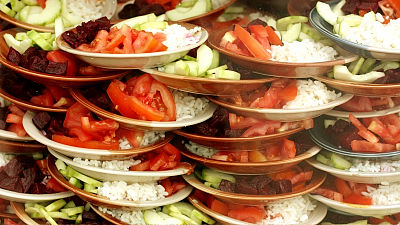What foods should be avoided to prevent global warming?

It has been said that reducing the use of fossil fuels and using clean energy is the key to preventing global warming, but in recent years, the move to clean energy is one of the marketing by companies and it
Why beef is the worst food for the climate-YouTube
What women make is ...

A graph showing how much
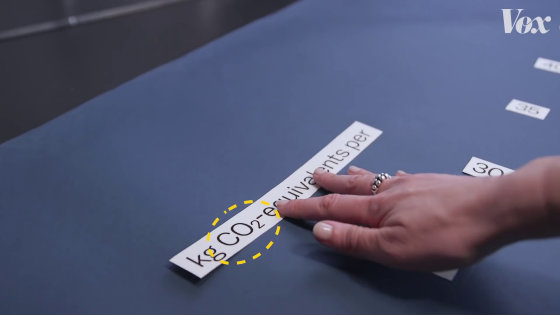
Most vegetables and fruits produce short charts.

Poultry and eggs are comparatively expensive compared to vegetables and fruits.
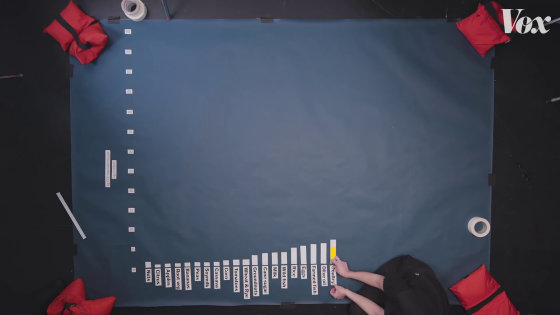
Pork has a higher graph than chicken. And more than that, coffee and chocolate.
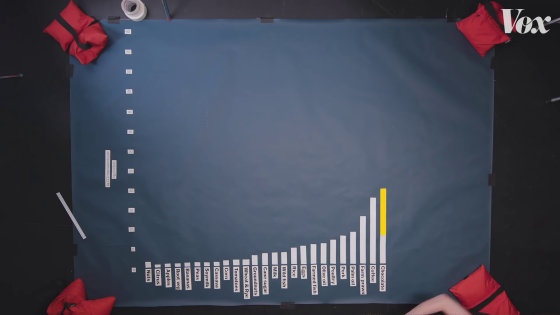
However, the top of the graph will be 'beef'.
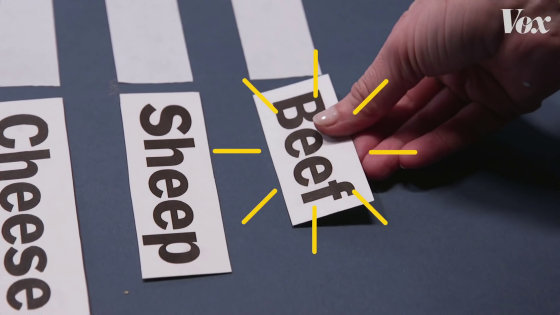
The yellow part at the bottom of the graph is the amount of greenhouse gas emitted from each food processing, transportation, packing, and selling method. Focusing on the yellow graph, the differences between foods are not that great.
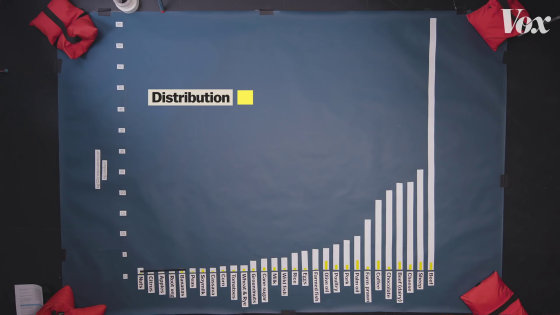
In addition, many greenhouse gases are generated during the process of growing and processing livestock food. Since this does not occur in the process of growing vegetables and fruits, orange is shown in the graph of pigs and birds below, but it does not appear in the graph of vegetables and fruits.
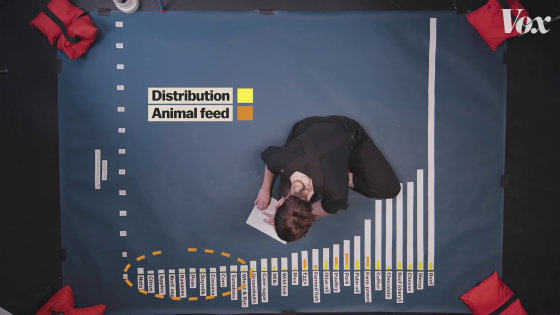
However, two things that make a big difference are rather 'agricultural process' and 'changes in land use'.
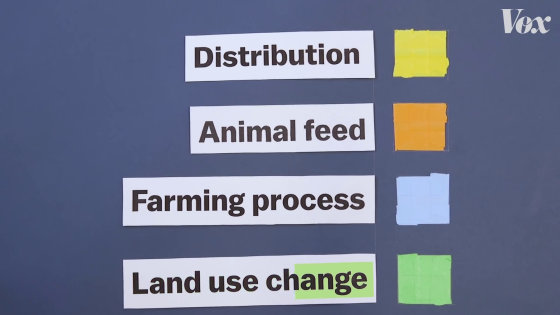
For example, the increase in greenhouse gas emissions from coffee is due to one of the agricultural processes called 'fertilizer used by farmers.' Fertilizers for coffee produce a large amount of greenhouse gas called
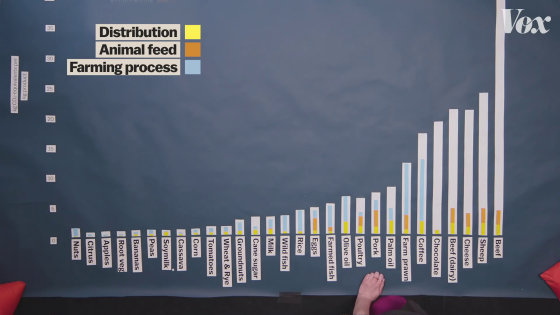
Large amounts of greenhouse gases are generated during the growth of sheep and cattle, which is also due to the agricultural process.
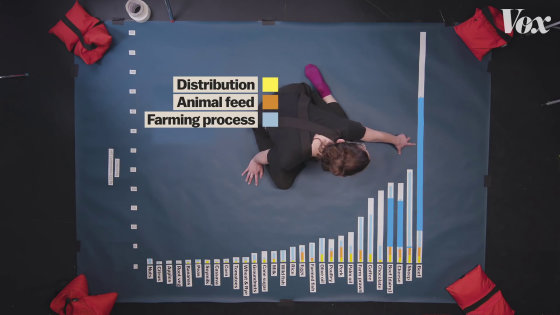
Many microorganisms are present in the stomach of cows and sheep, and they are digested through a method called intestinal fermentation. The by-product of this digestion is a greenhouse gas called
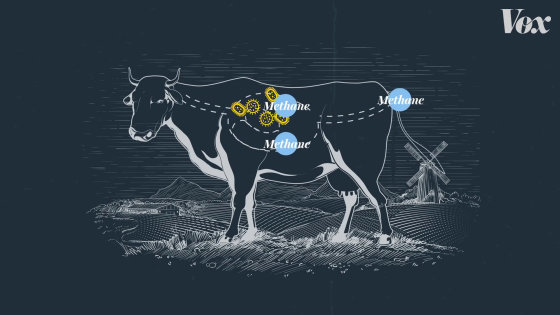
It may be released as a belch. In addition, 95% of the whole is released as belching.
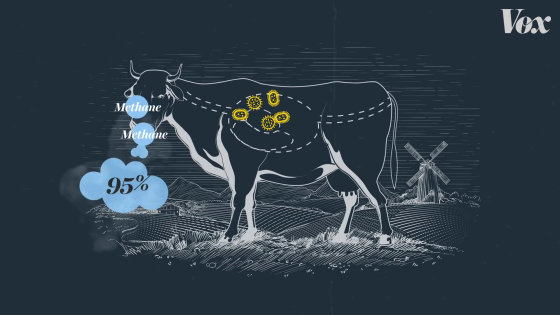
Methane is the greenhouse gas that emits the second largest amount after carbon dioxide. Methane emits about 20% of carbon dioxide, but the greenhouse effect produced is said to be 21 times that of carbon dioxide, which is thought to be the cause of the greenhouse effect for the next 100 years.
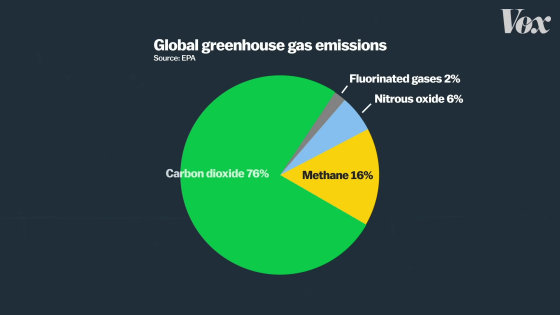
The largest proportion of human-related methane emission factors is intestinal fermentation of livestock. Methane emissions from intestinal fermentation are higher than when fossil fuels are burned.
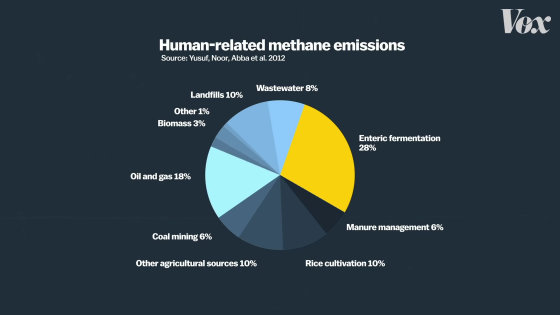
In addition, one of the factors is the change in land use. The turning point when humans used up the land on the earth was in the 1970s, and then the graph increased to eel climbing.
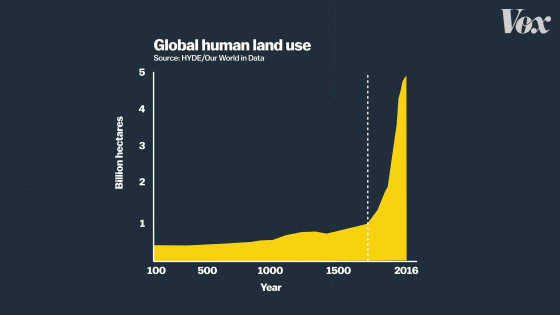
Of these, very little land was used to build buildings in cities or towns. Mostly land for agriculture.
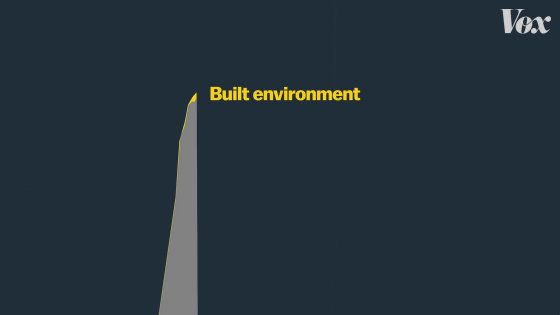
The graph below shows the land where the yellow part is used for the urban environment, the light blue part is used for grazing, and the green part is the agricultural land. The green graph also shows a big increase, but the grazing land is growing even faster.
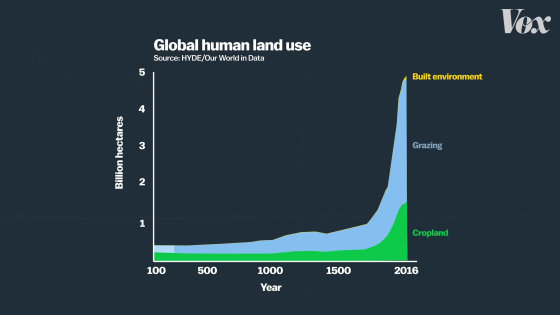
Trees must be cut down to use the land for grazing and farming. When trees are felled, carbon stored in soil and trees before that is released.
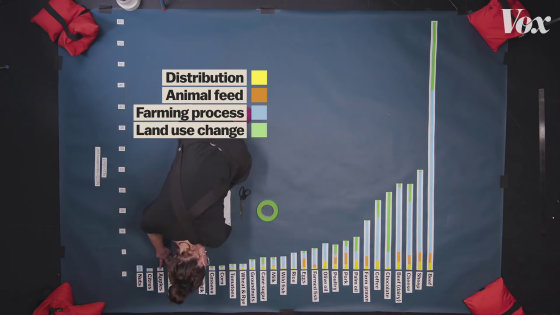
In contrast, land used for farming nuts, citrus and olive oil has negative greenhouse gas emissions. This is because trees such as nuts reforest agricultural land.
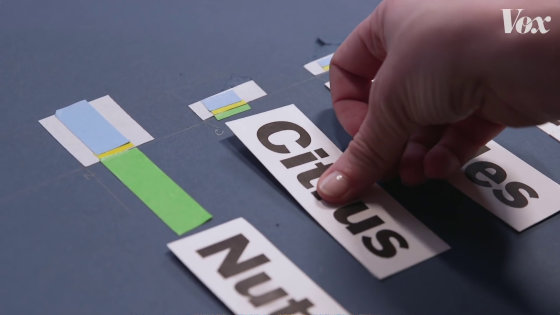
The exception is chocolate, where cacao plantations cause deforestation in tropical rainforests such as Southeast Asia, Africa and South America.

And grazing livestock causes more deforestation. Eighty percent of the deforestation in the Amazon rainforest was for cattle grazing land.
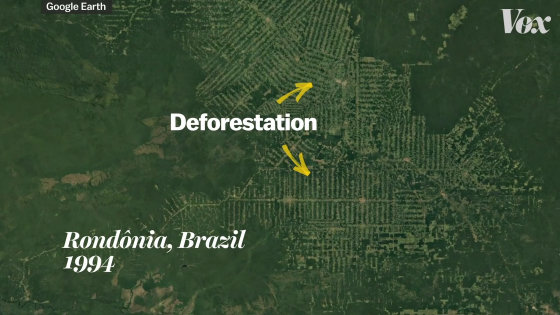
The graph below
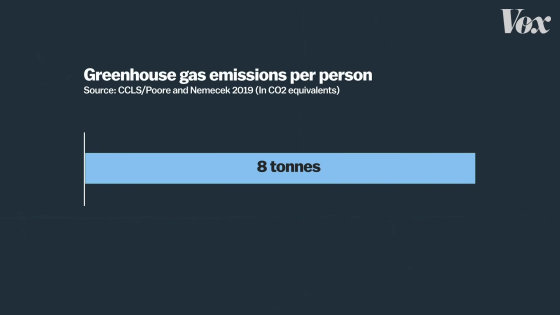
By changing diet and avoiding foods that emit a large amount of greenhouse gases, and reforesting the land, this can be reduced by 28%. The above two actions are the most influential changes we can make.
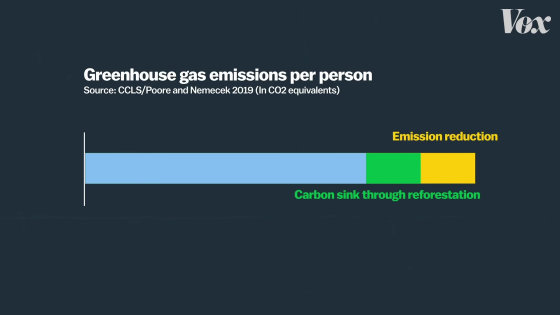
Related Posts:

